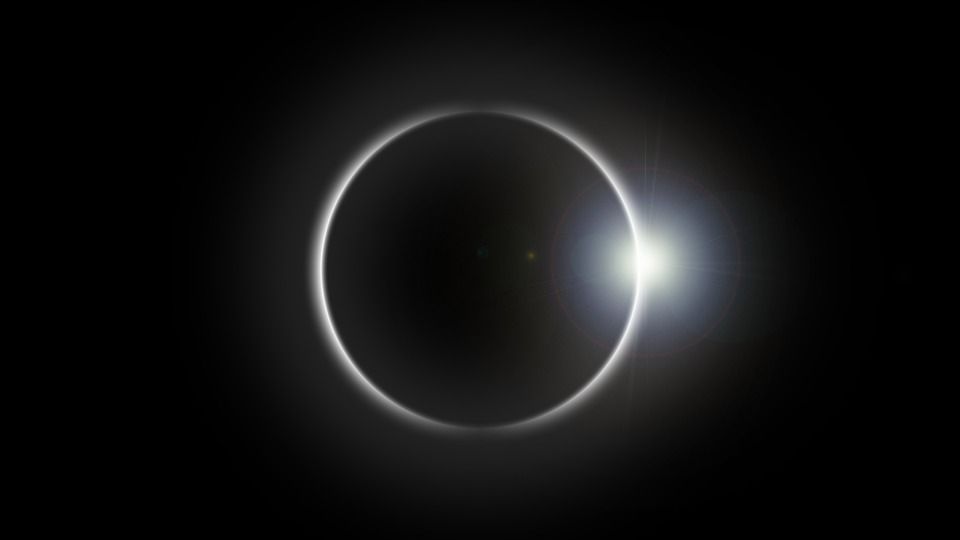Experiencing a solar eclipse is a very rare event for most people. In the last several decades, there have been eclipses seen in sections of North America. However, this year's August 21 solar eclipse will be the first coast to coast eclipse seen in 99 years. The entire continental U.S. will see at least a partial eclipse. A narrow path that runs from near Salem, Oregon to near Charleston, South Carolina will experience an even more infrequent event - a total eclipse.
If you miss seeing the solar eclipse, you will have to wait a long while to see another one. The next eclipse visible in parts of the country will occur in August 2024 when totality will be seen from east Texas to northern sections of Maine.

The next coast to coast eclipse will not occur until August 2045. That year, totality will be seen along a path from northern California to Florida.

The next total eclipse in the Carolinas will not occur until May 2078. Much of central and eastern North Carolina will be in the path of totality.

Locations that experience a total eclipse will see the sky dim to a twilight for a few minutes in the middle of the day. As long as skies are clear enough, stars will be visible. It is only safe to look at the eclipse during the brief period of totality. At all other times, special glasses must be work to protect your eyesight. Looking directly at a partial eclipse can permanently damage your vision.
